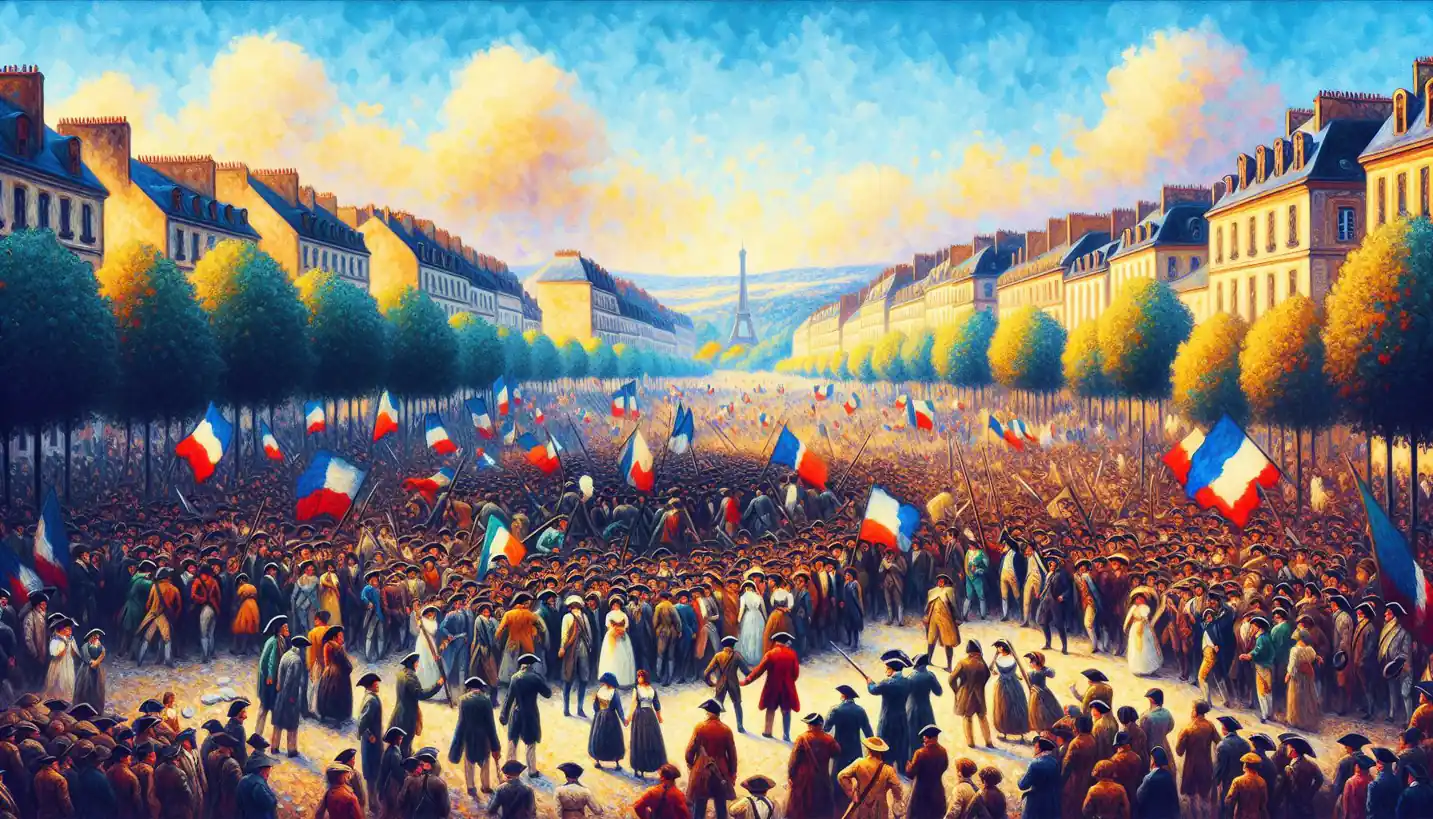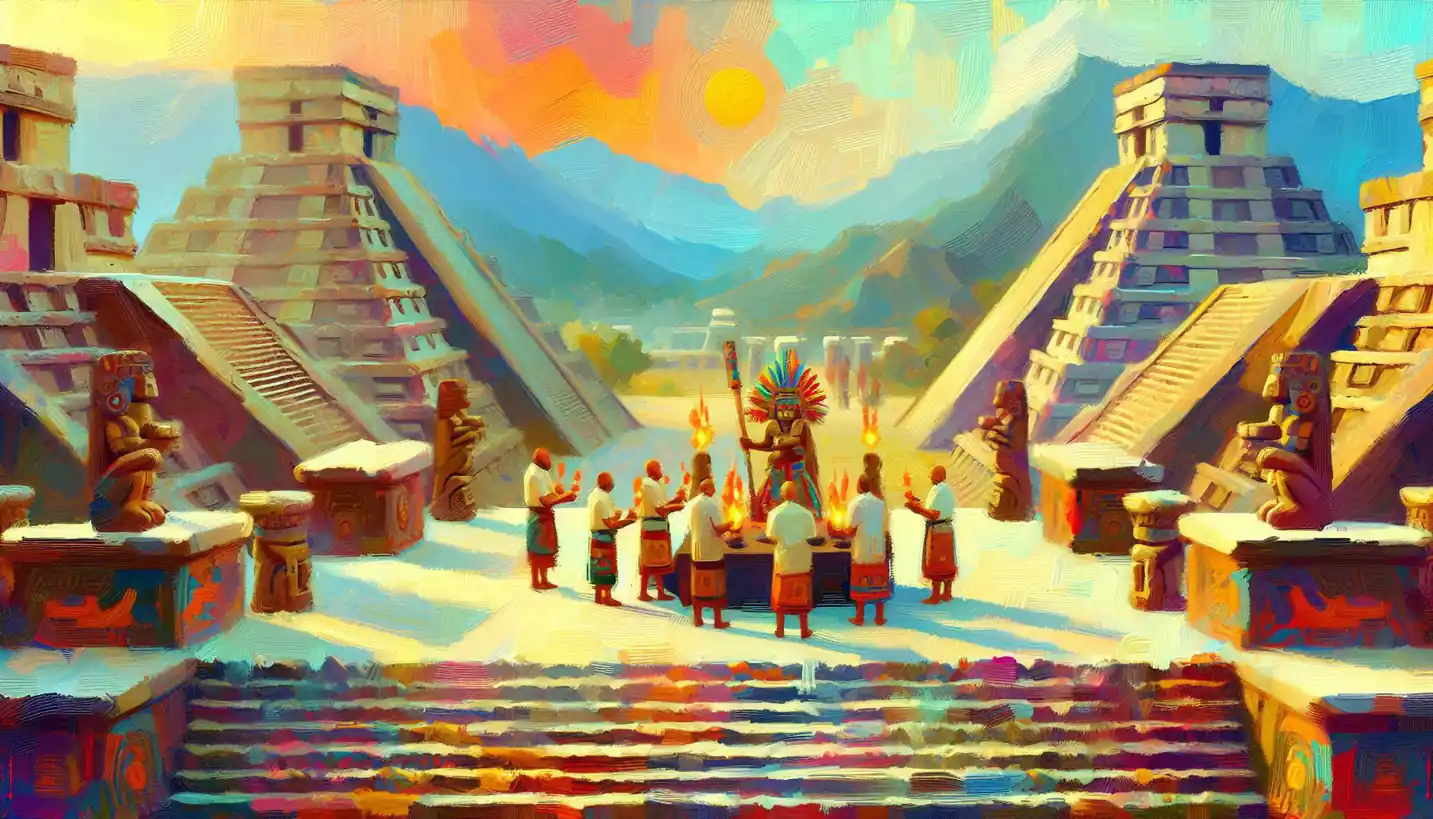· History · 4 min read
Digital History: A New Era in Understanding the Past
Digital history opens a new era in exploring the past, employing technology to enhance understanding. Dive into the revolutionary methods that make history more accessible than ever.

In today’s world, where everyone seems glued to their devices, history has found a new stage: the digital realm. Digital history isn’t just about putting old texts online; it’s a revolution in how we engage with the past. Imagine exploring ancient Rome through a 3D virtual tour or sifting through archives with just a few clicks. This isn’t traditional history; it’s public history getting an exciting digital makeover.
At its core, digital history involves using technology to collect, preserve, and interpret historical data. Think of it as the meeting point between computer science and history. Historians now use everything from simple databases to advanced software that can analyze patterns in historical texts. It’s like adding a turbo boost to their research skills.
Connecting the Past with the Present
Why does this all matter? Well, digital history makes the past more accessible and interactive for everyone. In the past, if you wanted to peek into archives, you’d have to travel and dig through heaps of dusty documents. Today, thanks to digital archives, anyone with internet can access countless documents and images right from the comfort of their home.
But it goes beyond access. This digital shift transforms how stories are told. Interactive maps, timelines, and multimedia presentations make history come alive. It’s no longer just words on a page; it’s a multidimensional experience. By weaving in video, audio, and even virtual reality, history becomes a story that everyone can enjoy and relate to.
The Role of Public History
Public history focuses on engaging the wider community with historical knowledge. Digital history has become an essential part of this by reaching broader audiences. Museums, historical societies, and educational institutions use digital tools to tell stories in innovative ways. For example, virtual reality exhibits allow people to walk through a recreated historical event. This incredible immersion helps people understand history from a fresh perspective.
Furthermore, social media has played a vital role. On platforms like Twitter, historians share threads that condense complex historical narratives into bite-sized pieces. These platforms create spaces for discussion, debate, and sharing information, turning history into a dynamic conversation.
Challenges and Opportunities
However, diving into digital history comes with its own set of challenges. Transferring historical data into digital format isn’t as simple as scanning pages. It requires careful planning to ensure accuracy and context are preserved. There’s also the issue of digital preservation. Just like physical records can deteriorate, digital data can become obsolete as technology evolves. Ensuring long-term access is a puzzle historians are working to solve.
The internet also introduces questions about credibility. How do we ensure the accuracy of information spread online? With vast amounts of data, verifying sources and claims becomes even more critical. Digital literacy is essential for consumers of history to distinguish between well-researched information and unreliable sources.
Despite these challenges, the opportunities are immense. The digital world allows for collaboration on a global scale. Historians from different corners of the world can work together, sharing insights and building a more comprehensive understanding of history.
Inspiring Future Generations
One of the most exciting aspects of digital history is its potential to inspire younger generations. Kids today grow up surrounded by technology. Using digital tools to teach history can ignite their interest and make learning more relatable. Educational apps and interactive websites transform history lessons into engaging adventures. By incorporating video games that recreate historical settings, learning becomes fun and immersive.
Future historians might come from unexpected places. With digital history accessible to more people, it encourages diverse voices and perspectives in historical research. It democratizes the field, ensuring that a wider array of stories and cultures are represented.
Looking Ahead
So, where is digital history heading? As technology continues to evolve, the possibilities are endless. Imagine using AI to analyze historical texts, revealing patterns that were previously hidden. Or think about augmented reality turning any street corner into a historical exhibit, bringing stories back to life.
The key will be balancing excitement for new tech with the historian’s commitment to accuracy and context. As we move forward, digital history must keep the essence of storytelling alive while embracing the tools that make those stories more vivid than ever.
Conclusion
Digital history is more than just a trend; it’s a shift in how we understand and interact with our past. By bringing history into the digital age, we make it accessible and engaging for everyone. Whether you’re a seasoned historian or just someone with a curious mind, digital history opens up a world of ideas and stories waiting to be explored. So the next time you dive into a historical website or app, remember: you’re not just reading about history; you’re living it in a whole new way.
